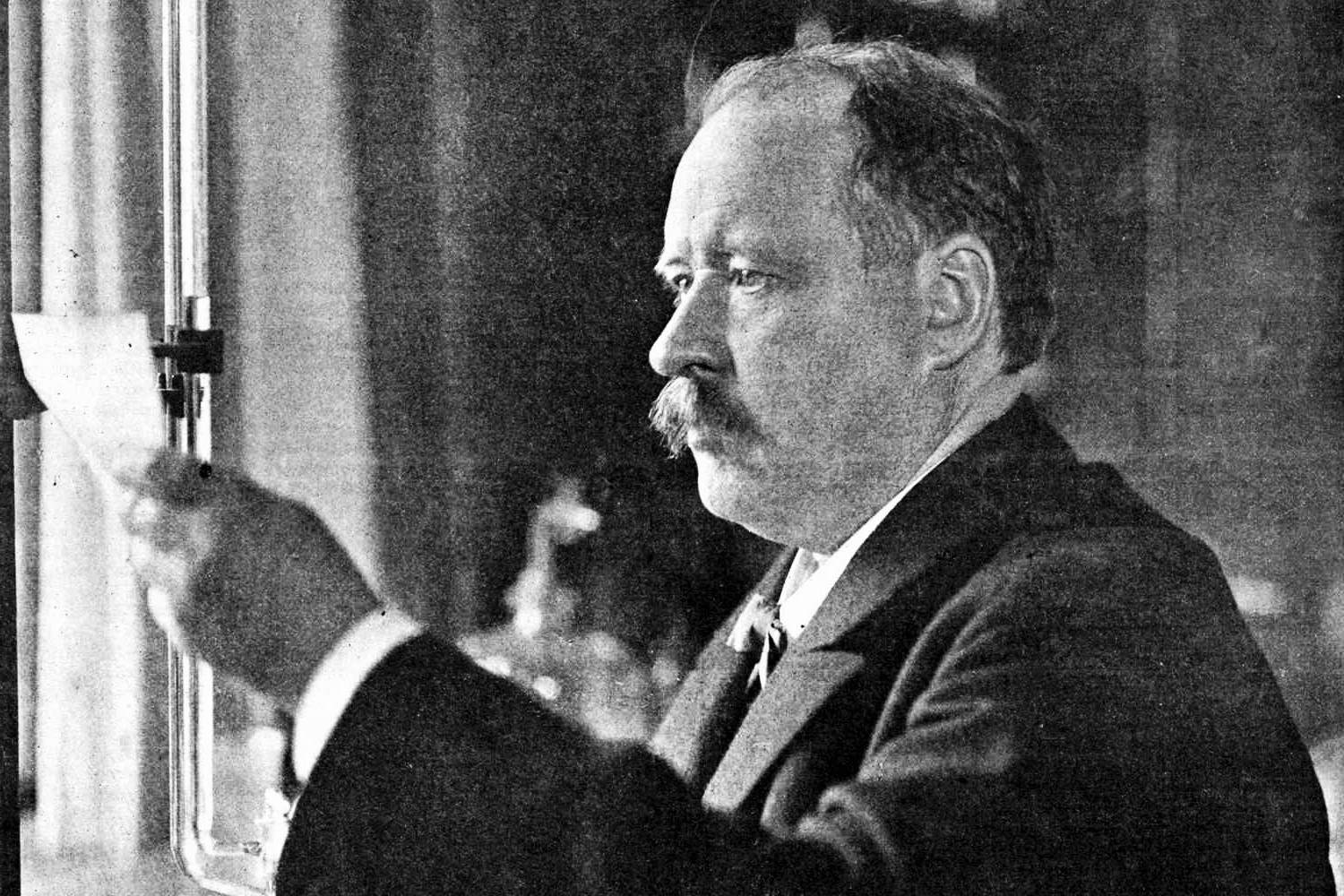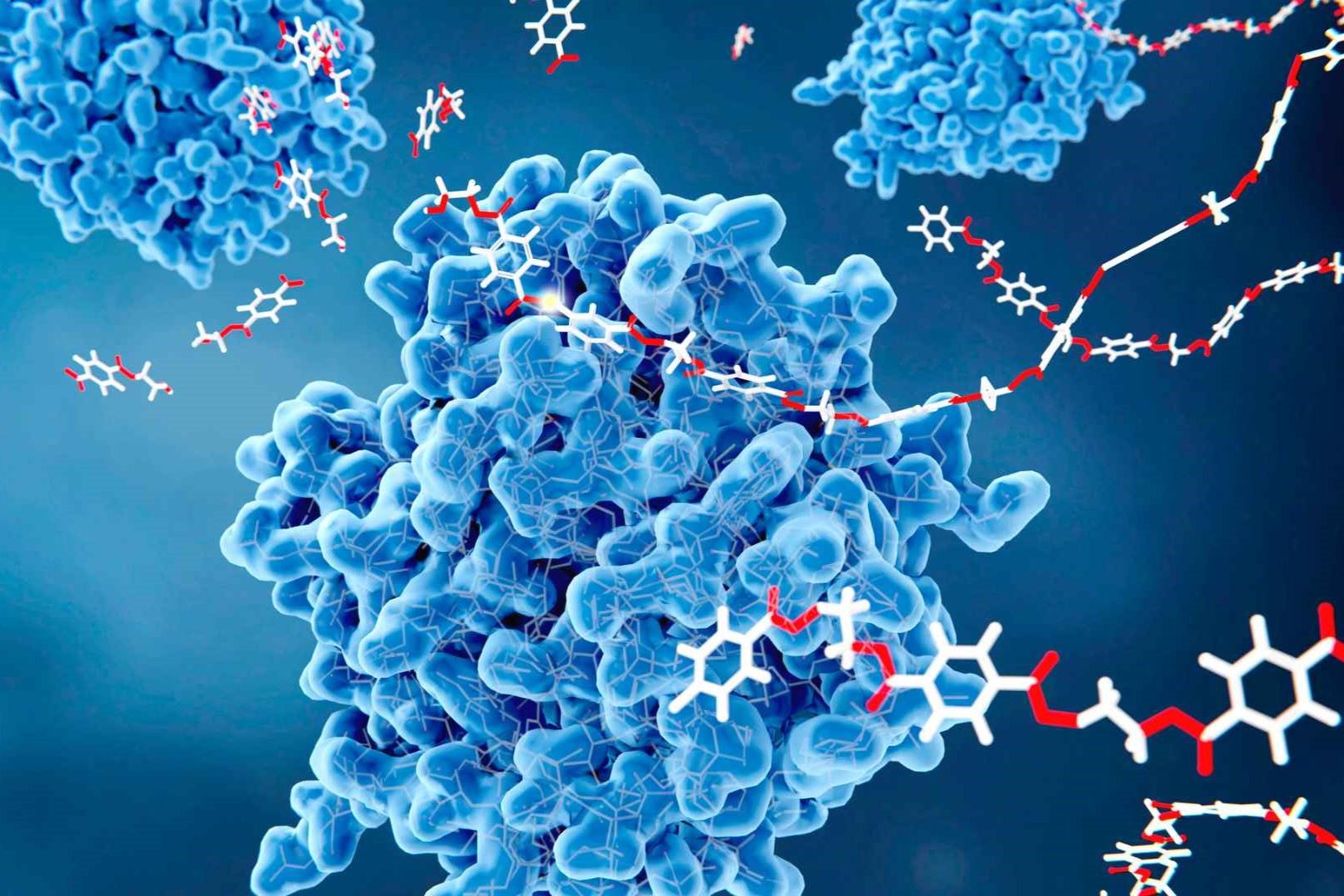
What is the Arrhenius Equation? The Arrhenius Equation is a formula that shows how reaction rates change with temperature. Named after Swedish scientist Svante Arrhenius, it helps chemists understand why some reactions speed up when heated. The equation is: k = A * e^(-Ea/RT), where k is the reaction rate constant, A is the frequency factor, Ea is the activation energy, R is the gas constant, and T is the temperature in Kelvin. This equation is crucial in fields like chemistry, biology, and engineering. It helps predict how fast reactions occur, which is vital for everything from cooking to industrial processes.
Understanding the Arrhenius Equation
The Arrhenius Equation is a fundamental concept in chemistry that describes how reaction rates change with temperature. Named after Swedish scientist Svante Arrhenius, this equation is pivotal in understanding chemical kinetics.
-
Svante Arrhenius: The equation is named after Svante Arrhenius, who proposed it in 1889. He was awarded the Nobel Prize in Chemistry in 1903 for his work on electrolytic dissociation.
-
Mathematical Form: The Arrhenius Equation is expressed as ( k = A cdot e^{-frac{E_a}{RT}} ), where ( k ) is the rate constant, ( A ) is the pre-exponential factor, ( E_a ) is the activation energy, ( R ) is the gas constant, and ( T ) is the temperature in Kelvin.
-
Activation Energy: This equation highlights the concept of activation energy, which is the minimum energy required for a reaction to occur. Higher activation energy means a slower reaction rate.
Importance in Chemical Reactions
The Arrhenius Equation is crucial for predicting how different conditions affect reaction rates. This understanding is essential for both academic research and industrial applications.
-
Temperature Dependence: The equation shows that reaction rates increase exponentially with temperature. A small rise in temperature can significantly speed up a reaction.
-
Catalysts: Catalysts lower the activation energy, making reactions faster. The Arrhenius Equation helps quantify this effect, showing how catalysts can make industrial processes more efficient.
-
Reaction Mechanisms: By analyzing how the rate constant changes with temperature, scientists can infer details about the reaction mechanism, providing deeper insights into how reactions proceed.
Practical Applications
Beyond theoretical chemistry, the Arrhenius Equation has numerous practical applications in various fields, from engineering to biology.
-
Food Preservation: The equation helps in understanding how temperature affects the spoilage rate of food, aiding in the development of better preservation methods.
-
Pharmaceuticals: Drug stability studies use the Arrhenius Equation to predict how long a drug will remain effective under different storage conditions.
-
Material Science: The equation is used to predict the lifespan of materials exposed to varying temperatures, crucial for designing durable products.
Advanced Concepts
For those delving deeper into chemical kinetics, the Arrhenius Equation offers a gateway to more advanced topics and applications.
-
Transition State Theory: This theory builds on the Arrhenius Equation, providing a more detailed understanding of the energy changes during a reaction.
-
Non-Arrhenius Behavior: Some reactions do not follow the Arrhenius Equation strictly. Studying these exceptions can lead to new discoveries in reaction dynamics.
-
Computational Chemistry: Modern computational methods use the Arrhenius Equation to simulate and predict reaction behaviors, aiding in the design of new chemicals and materials.
Final Thoughts on the Arrhenius Equation
The Arrhenius Equation stands as a cornerstone in understanding chemical reactions. It links the rate constant of a reaction to temperature and activation energy, offering a clear picture of how reactions speed up with heat. This equation has applications in fields like chemistry, biology, and engineering, making it a versatile tool for scientists and researchers.
Knowing the Arrhenius Equation helps predict reaction behavior, optimize industrial processes, and even understand natural phenomena. It’s not just a formula; it’s a gateway to deeper insights into how the world works on a molecular level. Whether you’re a student, a professional, or just curious, grasping this concept can enrich your understanding of science.
So, next time you think about why food cooks faster at higher temperatures or why certain reactions happen quicker, remember the Arrhenius Equation.
Was this page helpful?
Our commitment to delivering trustworthy and engaging content is at the heart of what we do. Each fact on our site is contributed by real users like you, bringing a wealth of diverse insights and information. To ensure the highest standards of accuracy and reliability, our dedicated editors meticulously review each submission. This process guarantees that the facts we share are not only fascinating but also credible. Trust in our commitment to quality and authenticity as you explore and learn with us.


